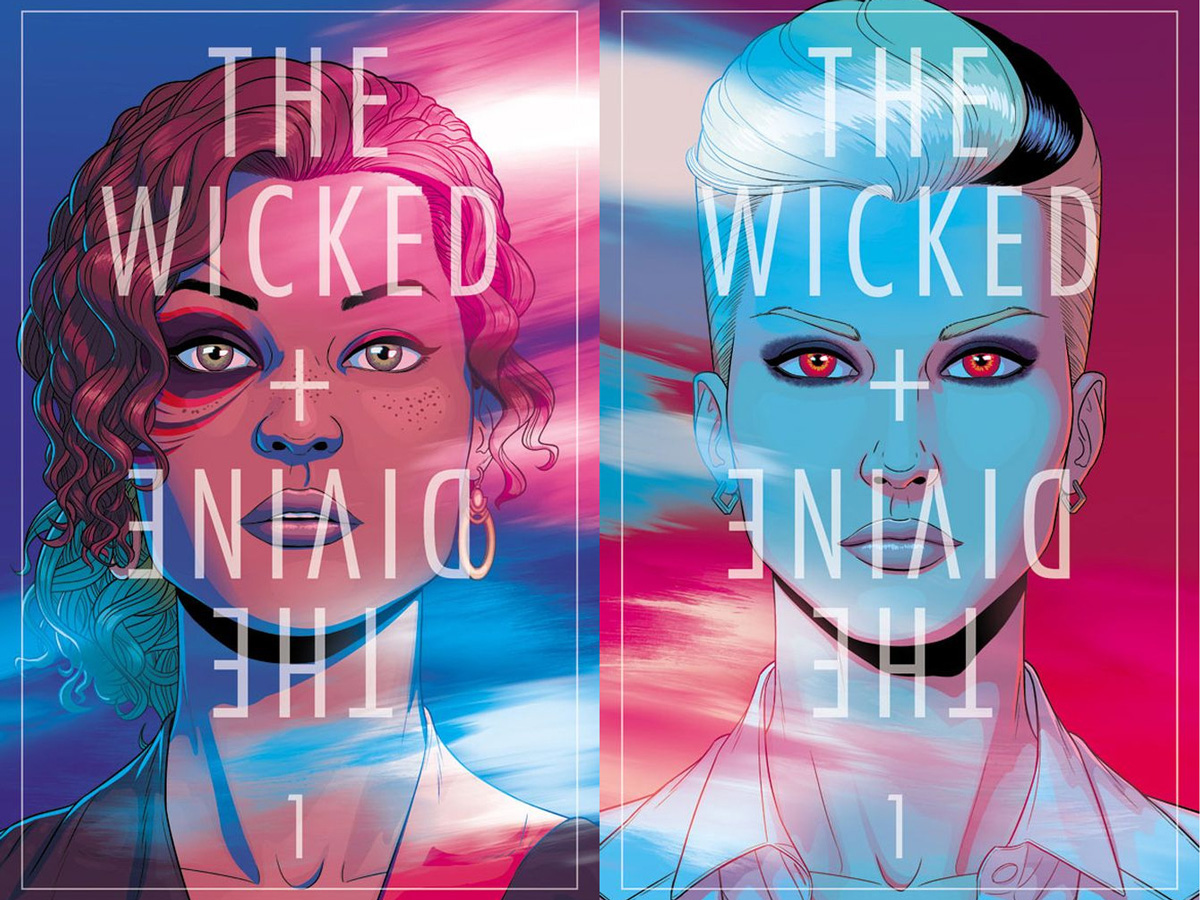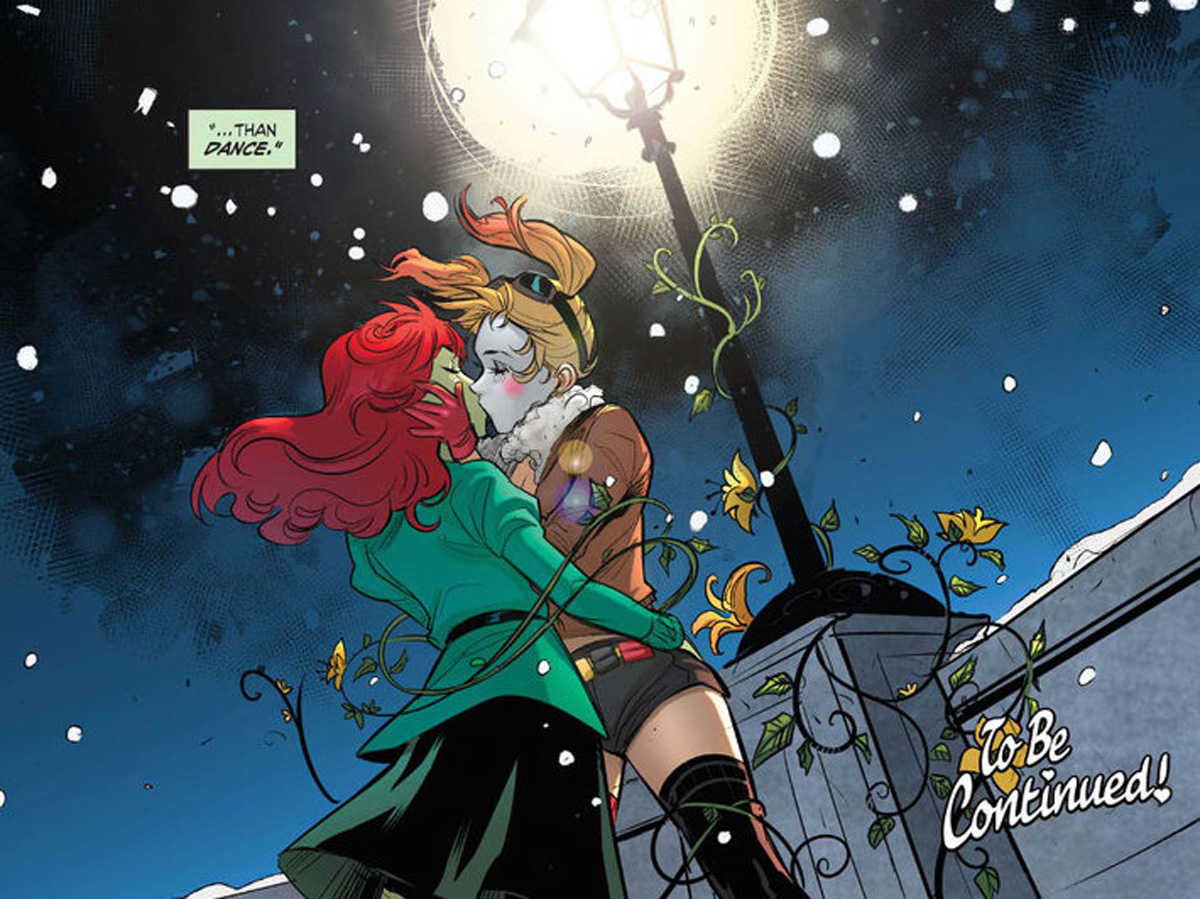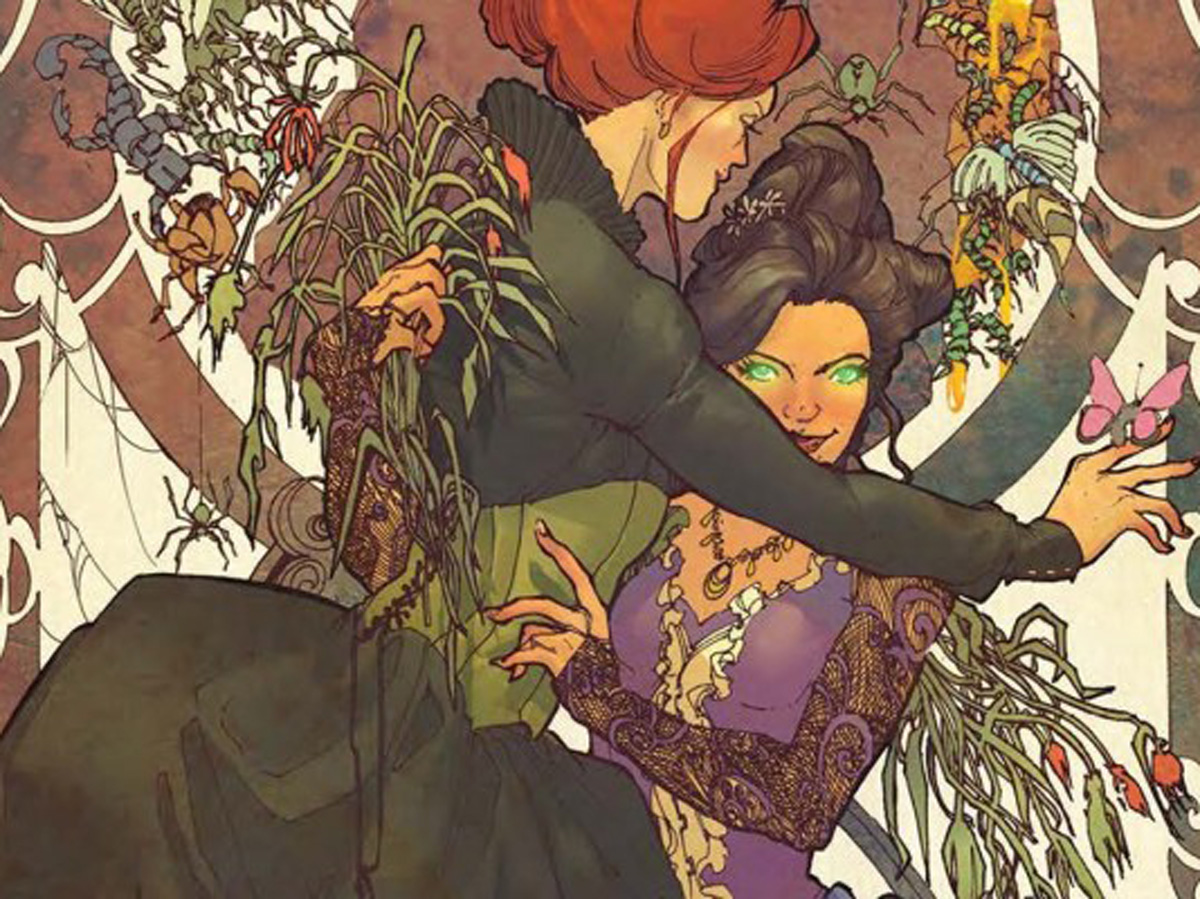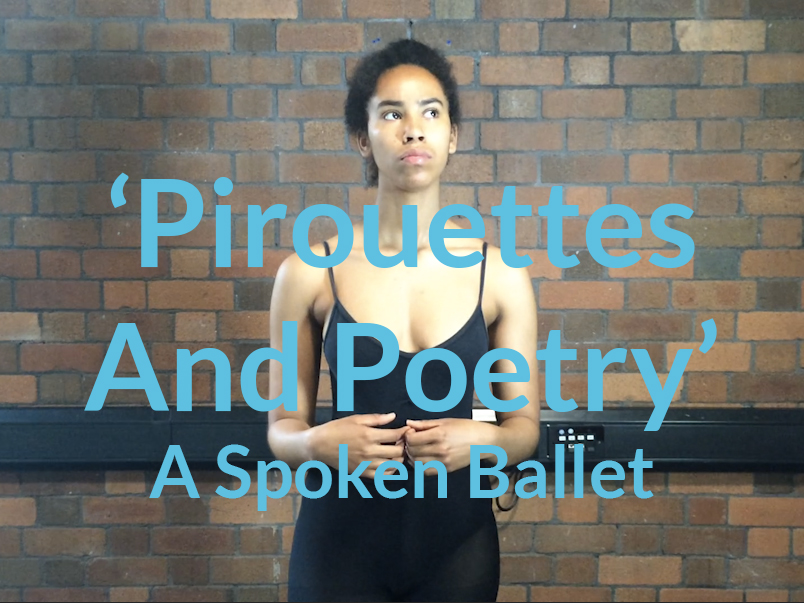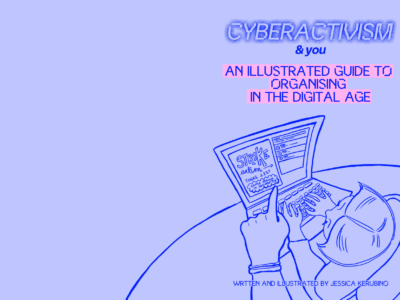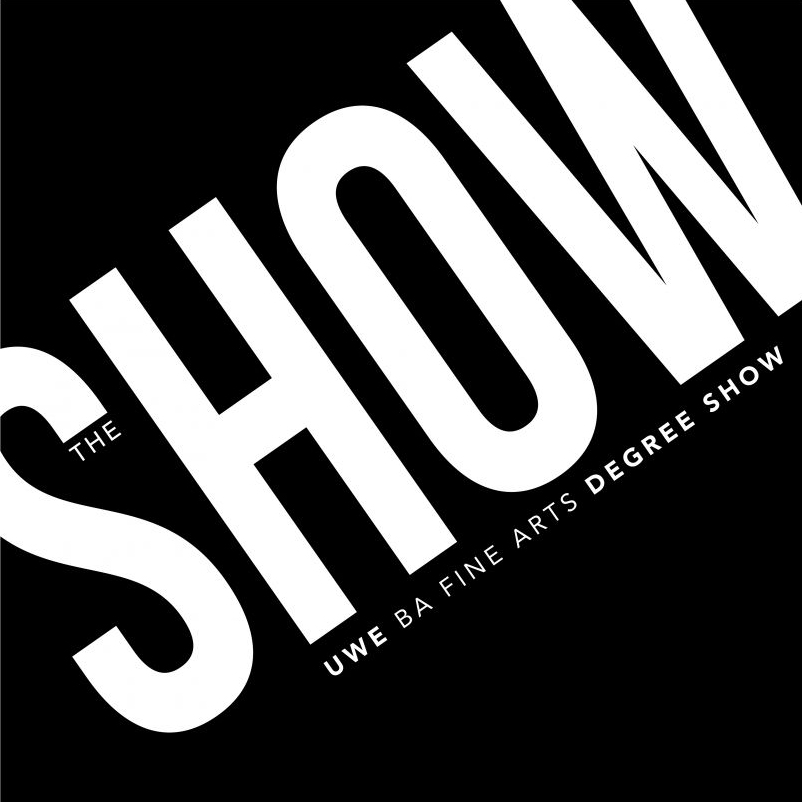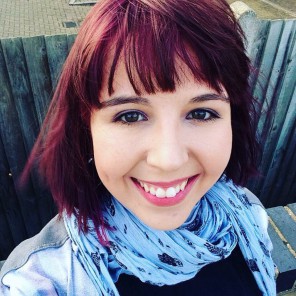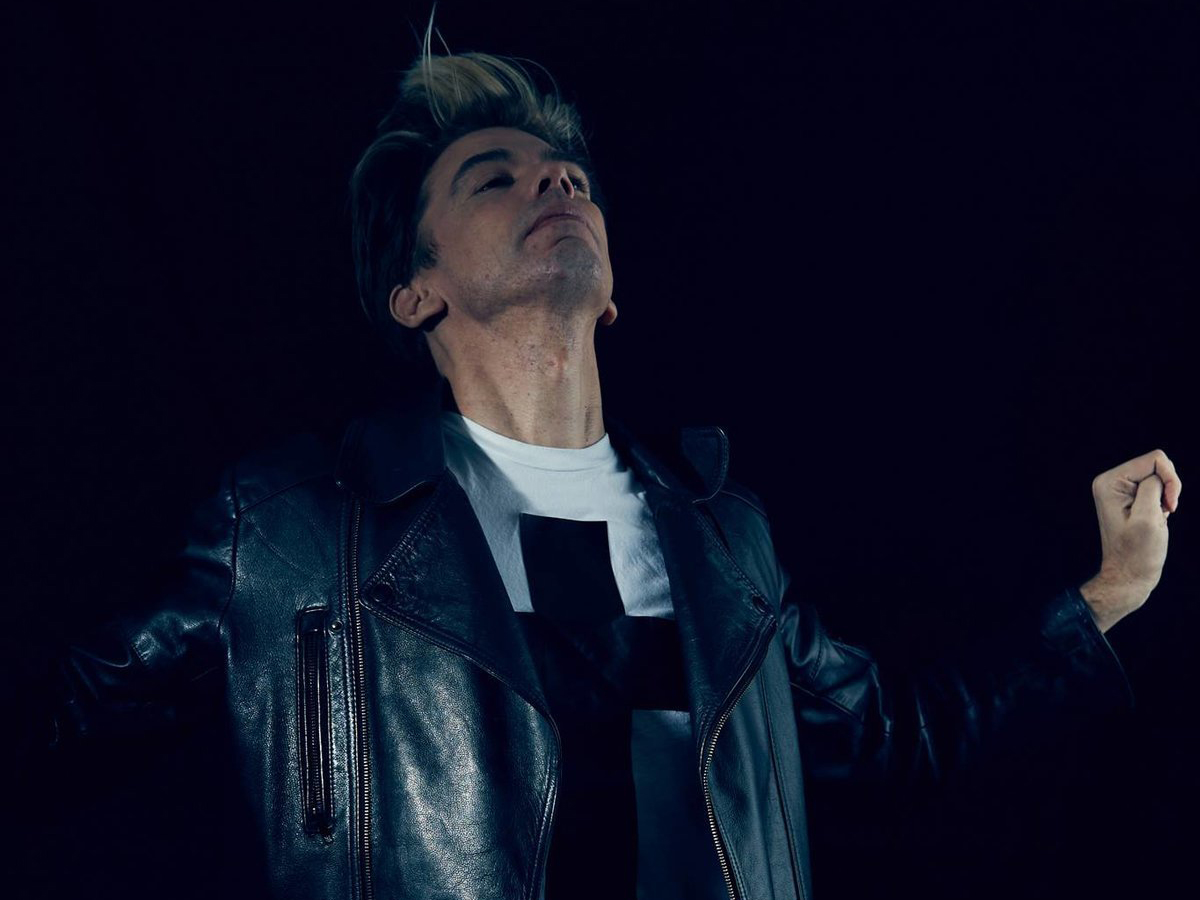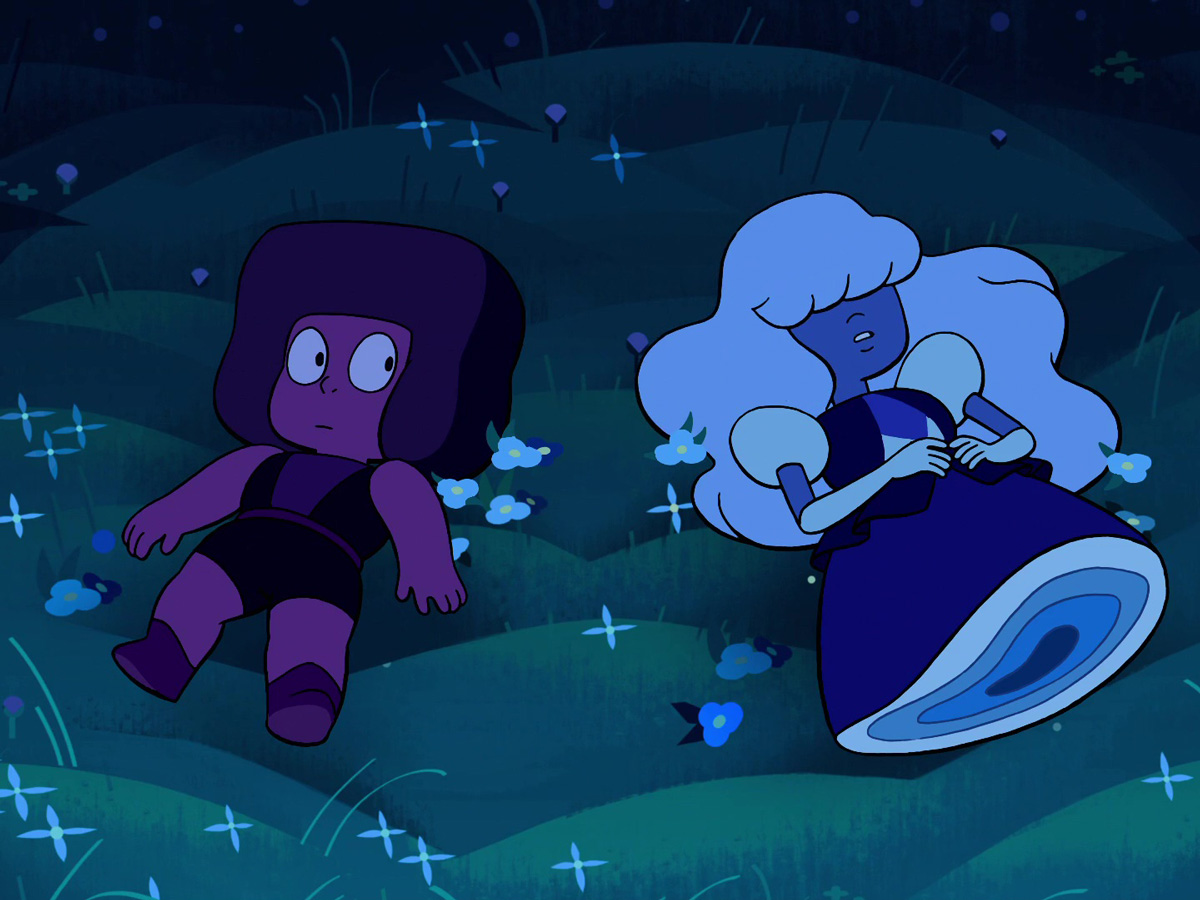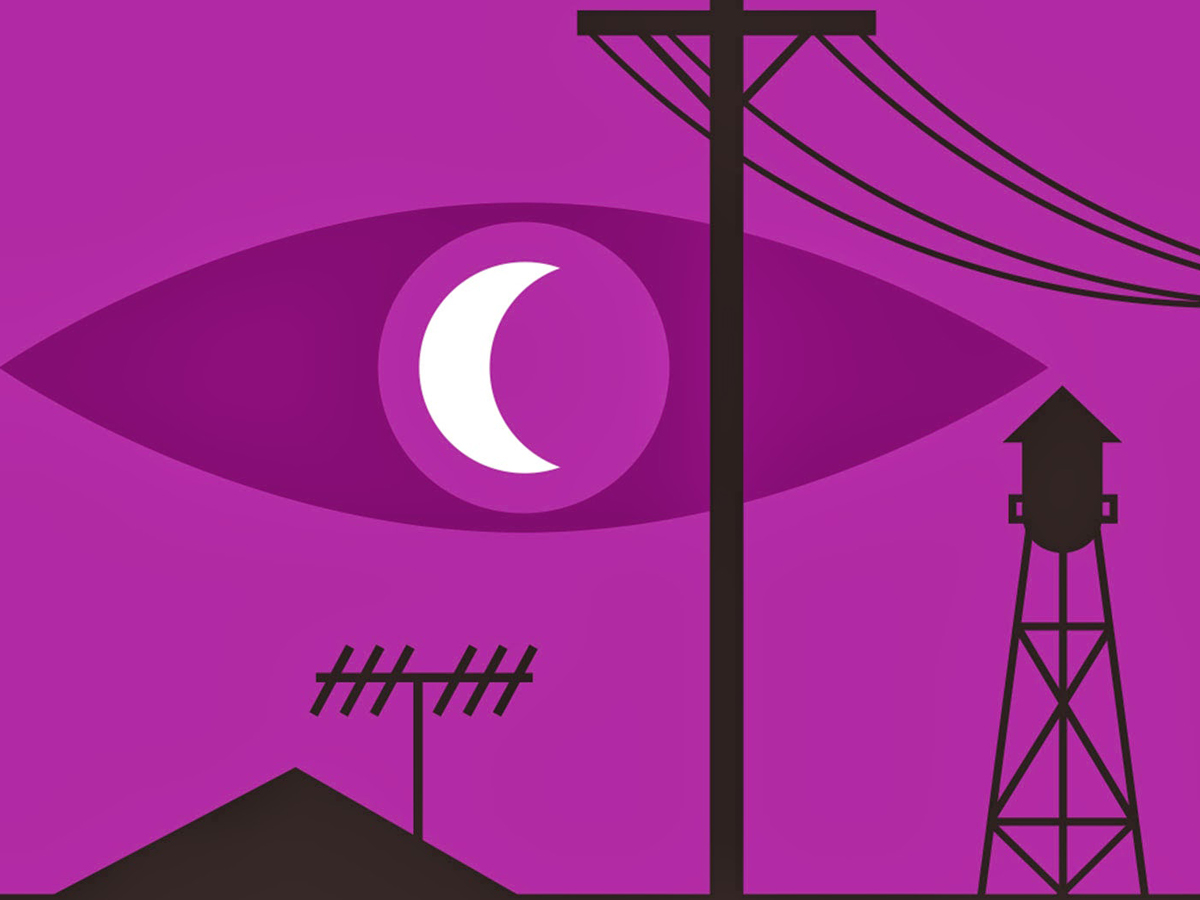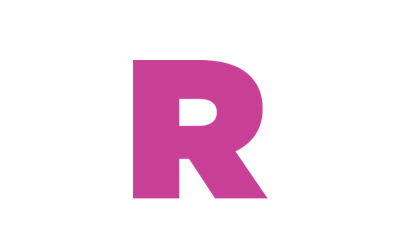A BiGinner’s Guide To Queer Culture: Comics
Next in an ongoing series exploring the best queer pop culture things out there, Gabrielle looks at comics.
It’s been some time coming, but in this, the second A BiGinner’s Guide To Queer Culture, I’m going to be sketching a brief map of the wacky world of comic books and graphic novels. Increasingly, LGBTQ+ people can expect better and more frequent representation in this medium. Like podcasts, it seems that comics are moving much faster than mainstream media in producing compelling, diverse representation for all people.
This is thanks in large part, in the writer’s opinion, to the prevalence of Indie publishers and hard working artists who are not afraid to kickstart their projects in order to get their stories told. Particularly LGBTQ+ friendly publishers include Image, Vertigo, and Boom! Studios.
-
A. The Popular Choice
This was a surprisingly tricky one to pick. I could have gone for the infamously pansexual and fantastically awesome Marvel character Deadpool and his series, or the equally awesome polyamorous, pansexual Harley Quinn from DC, and her super cute, serial killer lesbian girlfriend Poison Ivy.
However, intersectional representation of LGBTQ+ characters continues to be a problem in all major forms of media, and whilst Marvel and DC are getting there, other comic book publishers have beat them to it and are doing it better.
For example, ‘The Wicked And The Divine’ is a seriously brilliant series published by Image Comics. It’s written by Kieron Gillen and illustrated by Jamie McKelvie, both of whom have significant comic book street cred with Marvel and other Image titles. It won the Kerrang! Award for Best Comic Book, and rightly so.
So what’s so great about it? An interracial pantheon of superpowered gods spend their two years of life cursed with divinity as Earth’s greatest rockstars. If you’re a fan of Neil Gaiman, the Avengers, David Bowie, Rihanna, Beyoncé or Prince, you’ll probably love this series.
[rife-guide-events]
Not only is it a fantastic and nuanced story, it represents a far greater portion of the LGBTQ+ spectrum than I’ve seen in most media: there are non-binary characters, there are trans characters, and there are pansexual characters. Whilst the series has yet to include an asexual character, writer Kieron Gillen has openly discussed the issue.
As a self-interrogating, culturally diverse and respectful, nuanced narrative influenced in large part by questions of self-definition, it’s hard to go wrong with WicDiv, and its popularity has proven that claim true.
-
B. The One That Did Good
Again, there a number of options here: reincarnated lesbian lovers in Welcome Back, polyamorous hacktivists of The Surface, the adorable Lumberjanes and the fantastically queer Young Avengers.
However, the title here for small but mighty representation has to go in my opinion to ‘InSEXts’, published by Aftershock Comics and written by Marguerite Bennett with art by Ariela Kristantina. It’s pretty gruesome, and if you’re not a fan of body horror then I’d recommend avoiding this title, cool as it is. It also deals with issues like prostitution and sexual abuse in detail, so again, please do be warned.
If you feel comfortable confronting these issues, then this is the comic book for you. Set in the nineteenth century household of Lady Bertram, unhappy Indian wife to a wealthy British man, this comic unapologetically confronts the racist, sexist world of Imperial Britain, and in doing so, its influence on modern attitudes.
Self-styled as erotic horror it is in part a graphic and beautiful love story between Lady Bertram and her devoted maid Mariah as they combat the patriarchy, homophobia, racism and abuse.
The comic’s lyrical dialogue with the notion of transformation as embodied in the metaphor of the chrysalis is acute and revelatory. Plus, you know, super powered lesbian monster women taking down the patriarchy. It’s all fun.
-
C. The Ones That Could Do Better
I’m disappointed to have to include the otherwise epic ‘Saga’ in this section. Whilst ‘Saga’, by Fiona Staples and Brian K. Vaughan, is frequently recommended to LGBTQ+ audiences, as of writing it includes only two relatively minor LBGTQ+ characters, a pair of gay male reporters. It’s great to have representation, but in 2017 and in a comic as otherwise bold as ‘Saga’ in its representation of a diverse cast of characters, it’s disappointing to have so conservative and diminutive a nod to the LGBTQ+ community.
Also in this category, which is not so much ‘Don’t Read’ as it is ‘Read With Caution’ lies ‘Empty Zone’, by writer and artist Jason Shawn Alexander, though I waver daily between the former and the latter for this particular title. The main character, a technomancer, veteran and amputee is resoundingly bisexual, though she has yet to refer to herself as such. So far so good, however, the series suffers from a bad case of Bury Your Gays, and to make it worse, the LGBTQ+ characters meeting sticky ends tend to be people of colour.
‘Empty Zone’ could do better in future, but for now I think we’re past forgiving such flagrant errors of judgement in a world where LGBTQ+ people of colour are at a significantly higher risk of homophobic abuse than white LGBTQ+ people.
Finally, there’s ‘Trees’. Arguably better in terms of its representation in some ways than ‘Saga’ and ‘Empty Zone’, ‘Trees’ is an intriguing sci-fi comic book series by Warren Ellis and Jason Howard which includes transgender, gay and bisexual characters. Again, however, it’s suffering Bury Your Gays, and for this reason I’d suggest proceeding with caution.
I’d like to note in conclusion that as a rule of thumb, LGBTQ+ characters dying in fiction can be ok as long as they’re not consistently the only fatalities. In comics where only the gays are dying? It might be time to look elsewhere.
Want a safe space in which to discuss LGBT+ issues? Why not try Freedom Youth

